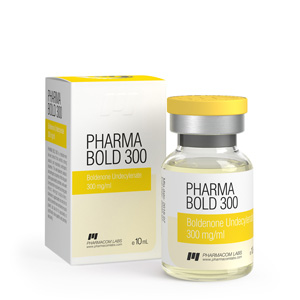Description
Testosterone, as the natural product drug and one of the most widely used AAS, is the most convenient choice for a reference drug to which all others will be compared.
Particular properties of testosterone that are of note include that it converts enzymatically both to DHT and to estradiol (estrogen). While with normal levels of testosterone these conversions are in fact desirable, with supraphysiological levels caused by drug adminstration they can be undesirable. DHT is at least three times more potent (effective per milligram) than testosterone at the androgen receptor (AR): therefore, in those tissues which convert testosterone to DHT, there is effectively three times as much androgen as elsewhere in the body. Thus, whatever level of androgen is experienced by the muscle tissue is multiplied threefold or more in the skin and in the prostate. This can be excessive. Proscar could be used to keep DHT levels more or less normalized despite heavy testosterone use, however.
Excess conversion to estrogen is also undesirable since it contributes to inhibition of the hypothalamic/pituitary/testicular axis (HPTA), can cause or aggravate gynecomastia, can cause bloating, and can give unfavorable fat pattern distribution. This conversion can be somewhat reduced by use of aromatase inhibitors such as Cytadren, and/or the effects of the estradiol produced may be blocked in many tissues, including the hypothalamus and breast tissue, by Clomid.





